The difficult part is done, the application process long over. An excited group of seniors have gotten into the college of his or her dreams. But as more students get acceptances from colleges, a problem arises.
For many of them, these ideal universities may still be out of reach.
According to The New York Times, the cost of college tuition and board rose 439% between 1982 and 2007. The price of college now averages an astounding $50,000 a year.
A senior may have achieved the impossible and been accepted to his or her top choice, but if this top choice is also a top 100 school in the country, there is a very low chance that it’s one of the 20 that are public. In addition, there is an even lesser chance that it’s in-state and therefore cheaper to attend.
For Jayne Bryer ’12 and her twin sister, whose brother will also be beginning law school next fall, the cost of three tuitions is certainly an issue.
“Muhlenberg and Sarah Lawrence are my top two. But Sarah Lawrence is the most expensive liberal arts school in the country,” Bryer said.
She explained her wish for financial aid, which will hopefully cushion the economic burden.
A student will apply to what he or she refers to as a “safety” because of his or her high probability of being accepted. A safety used to be a simple concept.
But in recent years, a new term has been born; William Plunkett, a guidance counselor here at Staples, defines a “financial safety” as a school that is “not only somewhere where you can get in but also somewhere that you know you can pay for.”
Despite the fortunate circumstances the citizens of Westport live in, not everyone can escape fiscal problems.
According to another senior, who was granted anonymity, many of her friends are considering a financial safety school instead of a top choice because of money.
If students are considering finances in their decision, it’s usually rooted in the view of their parents, who have a huge influence on their kids’ decisions.
However, for some families, the more expensive schools are still worth attending.
“My parents really want me to go to a school I want to go to, and worry about the money later,” Bryer said. She acknowledges the threat of future debt but would rather enroll in a university that she knows she’ll love.
However, some students don’t feel quite so confident.
“I feel like I’m changing my top choice to a less expensive one because I know that’s what my parents would want,” Meghan Hill ’12 said.
If a parent is concerned about the price of college, it stands to reason that their child will begin to feel the same way.
“Every parent wants to be able to offer their child every opportunity in the world,” Plunkett said. “But sometimes the reality is that forking over $240,000 or whatever it might be for four years’ tuition just might not be possible.”
The anonymous source agreed that it “definitely made it more difficult for me to find a school, knowing I was on a budget with my parents.” She said she chose to apply to mostly safeties because of the low tuition costs.
Despite the “touchy” nature of this subject, Plunkett says that more students than one might think are going for more inexpensive colleges. He says that as a guidance counselor, he recommends this choice to a lot of students.
It’s important for every student to have an open mind when it comes to school. A college may not be a top choice, but it could still offer scholarship opportunities, internships, and other exciting programs, he said.
Plunkett encourages students to consider that when it comes to a financial safety, there “might be more to it than just the money.”


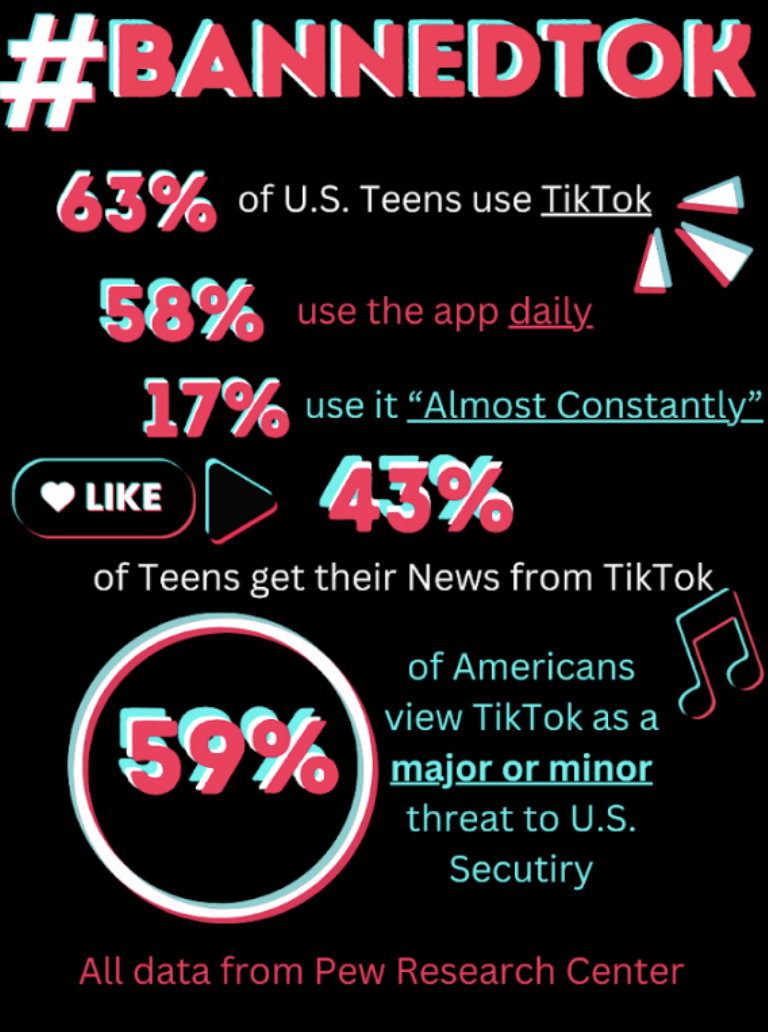



















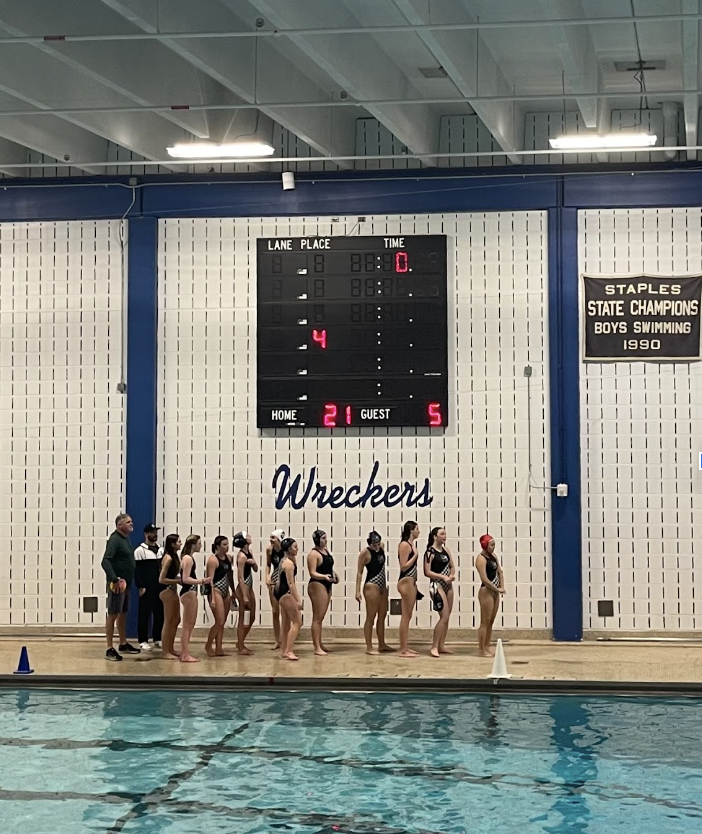



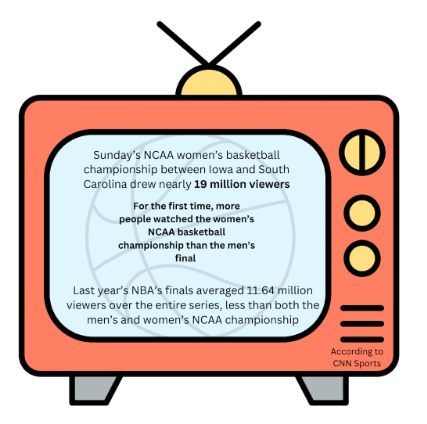

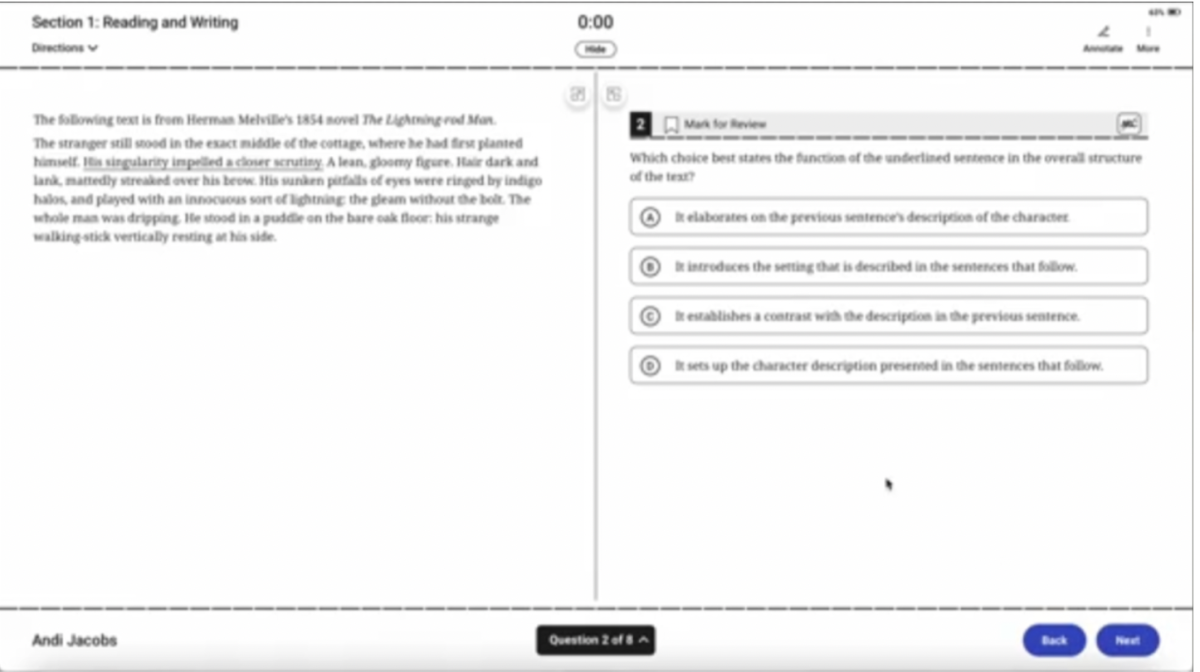

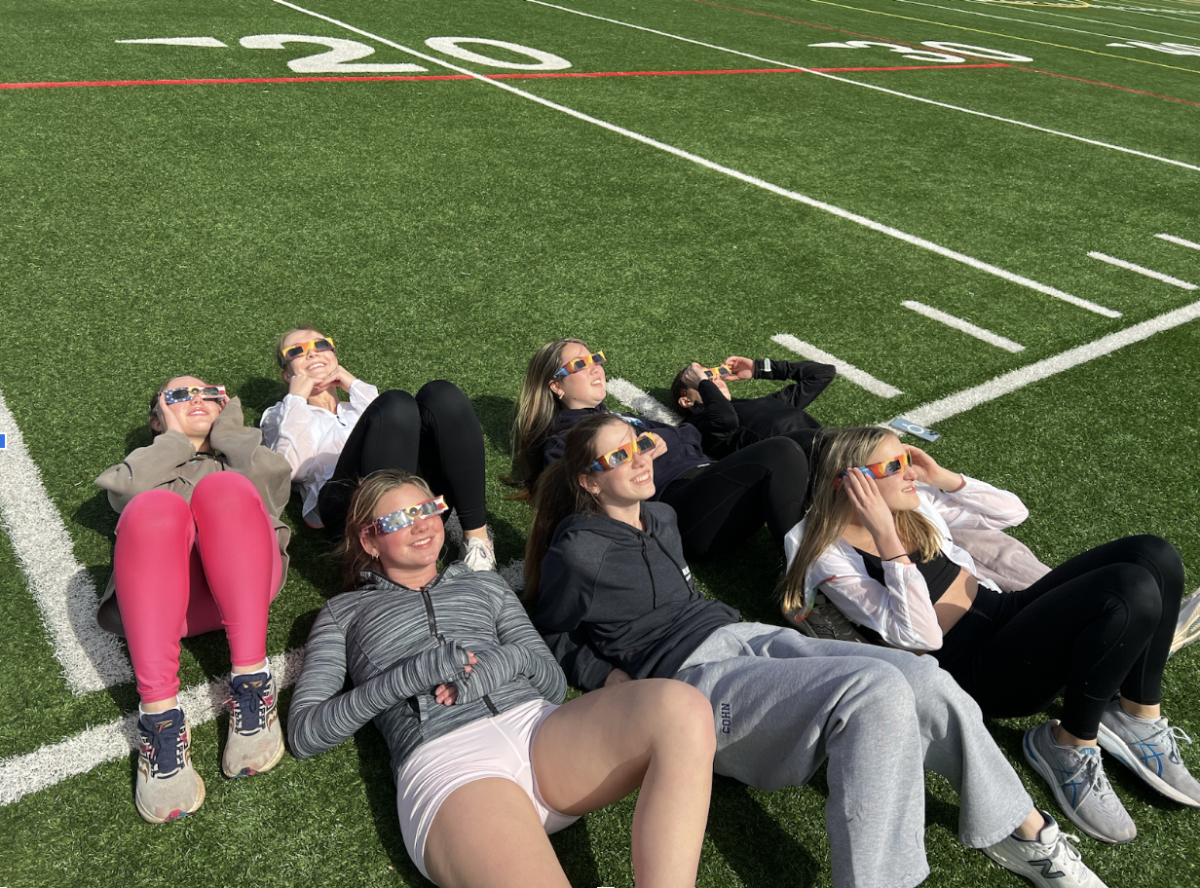














Trident Online University • Mar 10, 2012 at 5:57 am
It’s possible to go to the top choice school and still not as get as much out of the experience as a more disciplined student who attended a more affordable school.
Tom Blum • Feb 17, 2012 at 4:00 pm
Dear Callie,
I read your article with great interest. As an administrator at Sarah Lawrence College, I want to let your readers — particularly Jayne Bryer — know that there often is a considerable difference between the “sticker price” of a college and the net price after financial aid. At Sarah Lawrence, we award aid based first-and-foremost on need with consideration for demonstrated scholarship at the high school level. The first step is to apply for aid (file the CSS Profile and FAFSA) which helps us to determine need. For families with need (50-60% of our typical first-year class), we award an average Sarah Lawrence grant of $29,000+. That is an average and awards do vary greatly depending on individual circumstances. The point is we try our best within the College’s own financial reality to help prospective students get access to one of the most novel and effective approaches to liberal arts education in the country.
Sincerely,
Tom Blum
Vice President for Administration
Sarah Lawrence College